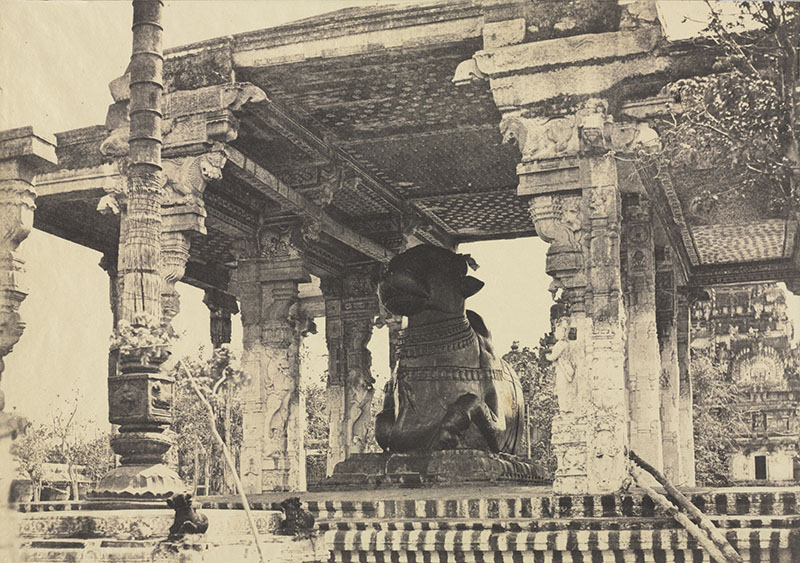Mask of Vaikuntha Vishnu, late 5th century. Learn more about 5th century masks
Designed by 

An early photographic technique invented by William Henry Fox Talbot, who patented it in 1841. Also known as talbotype, the technique used a type of paper negative — ordinary paper coated with a salt of silver as well as acids, which yielded a negative with a significantly shorter exposure time in the camera than previous techniques. The latent negative image was made visible by washing the paper again in silver nitrate and small amounts of acetic and gallic acids; then chemically fixed to stop further darkening; and finally coated with wax for a clearer positive print. While the results were less sharp than those of daguerreotypes, calotypes made it possible to print an unlimited number of prints from a negative, as opposed to the single print offered by the former. Several artists and photographers experimented with variations of this technique outside England where the patent restrictions applied.